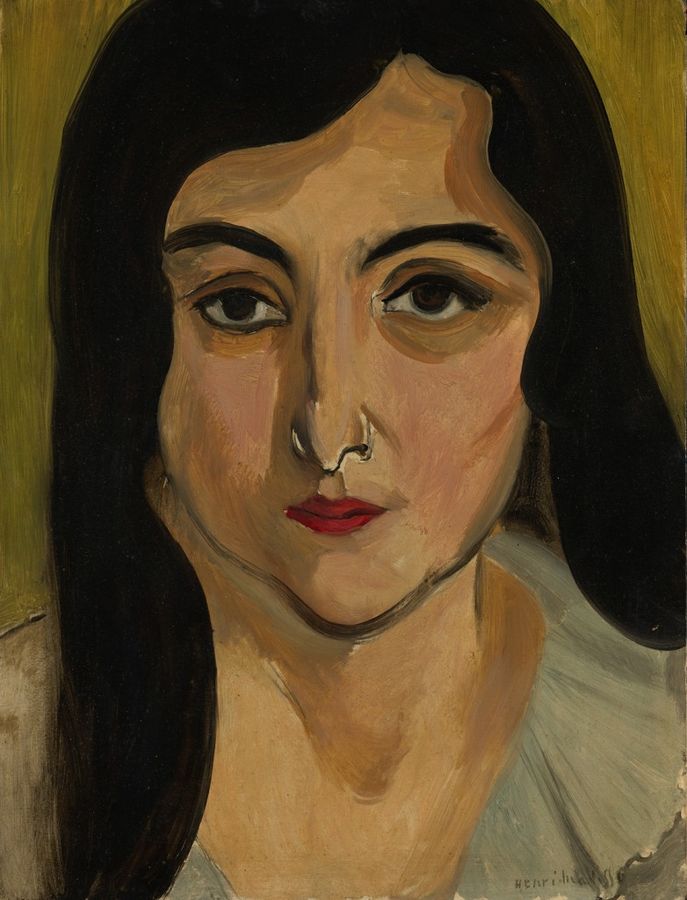 A theme that occasionally emerges in my conversations with others is the relationship between "sacred" and "secular:" is there a continuum between the two concepts? Should the two be considered as mutually exclusive? In viewing an award-winning documentary this evening, A Model for Matisse, I was struck by Henri Matisse's own observations on this dichotomy: "I’ve always sought that the earthly nourishment of my art may reveal His manifest glory to those who are blind to it."
A theme that occasionally emerges in my conversations with others is the relationship between "sacred" and "secular:" is there a continuum between the two concepts? Should the two be considered as mutually exclusive? In viewing an award-winning documentary this evening, A Model for Matisse, I was struck by Henri Matisse's own observations on this dichotomy: "I’ve always sought that the earthly nourishment of my art may reveal His manifest glory to those who are blind to it."
This topic is timely for me. At the moment, I am recording an album, and it includes songs that may--in the opinions of some--dance a line between spiritual and secular. For my education, up to this point, discussions about this dichotomy has been curated by theolgians such as C. S. Lewis and Dietrich Bonhoeffer. Experiencing a 20th-century artist's view has been unique.
Matisse broached the topic when his former medical aide and model, Monique Bourgeois, decided to take religious orders, becoming "Sister Jacques-Marie." In a letter to her on June 20, 1943, Matisse wrote a lengthy response to her letter explaining why she decided to become a nun. Not having the opportunity to have read her letter, it's a little tough to tell why his comments have taken a bit of a defensive response. That posture aside, however, he made some important points about letting one's creativity tell a story about the Creator...a vocation with a spiritual aim.
The following are a few excerpts from his letter:
“At the end of a life of dedication, I do not need any lectures about religious calling.
I’ve not needed the sacraments to the glorify the name of God throughout my life. I went so far as Tahiti to admire the beauty of the light He created so I might share it with other through my work.
Thank you for your prayers. Ask God to give me my last years the spiritual light to keep in touch with Him and to permit me to end my long and laborious career in the way I’ve always sought so that the earthly nourishment of my art may reveal His manifest glory to those who are blind to it.
Here for you, Sister Jacques, is my professional faith, that comes in response to your letter. I’m grateful to you for having instilled this in me. The need to answer your letter forced me to find deep within myself things I have never before expressed in words, because until now, I’ve never felt the need to express them to anyone."
While other artists such as Picasso challenged Matisse's spirituality--especially as it related to Matisse's later creation of the Chapelle du Rosaire de Vence--it is clear that Matisse knew the source of his creativity. It is equally clear that he came to a point when he felt his vocation as an artist had transcended mere work to become a mission to reveal God to others.
Additional Sources:
Matisse, Henri. 1917. Lornette. Photo is Public Domain; from the collection of the Virginia Museum of Fine Arts (VMFA).
Freed, Barbara. 2006. A Model for Matisse. ASIN: B000FTCF3Q.